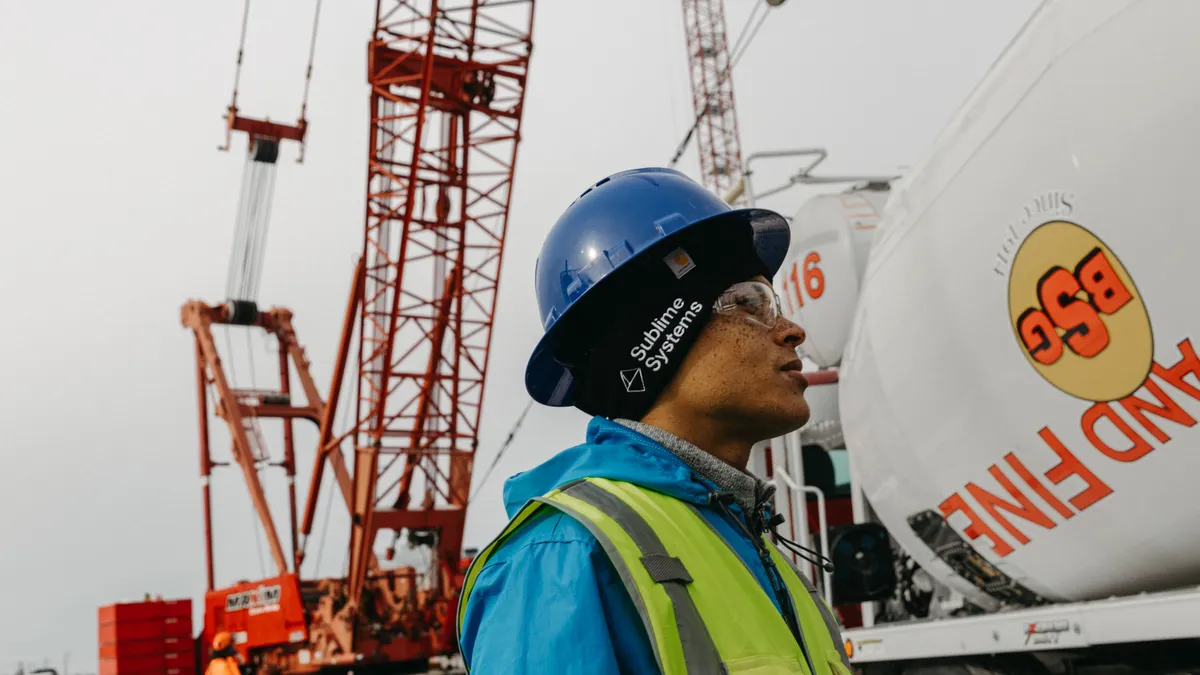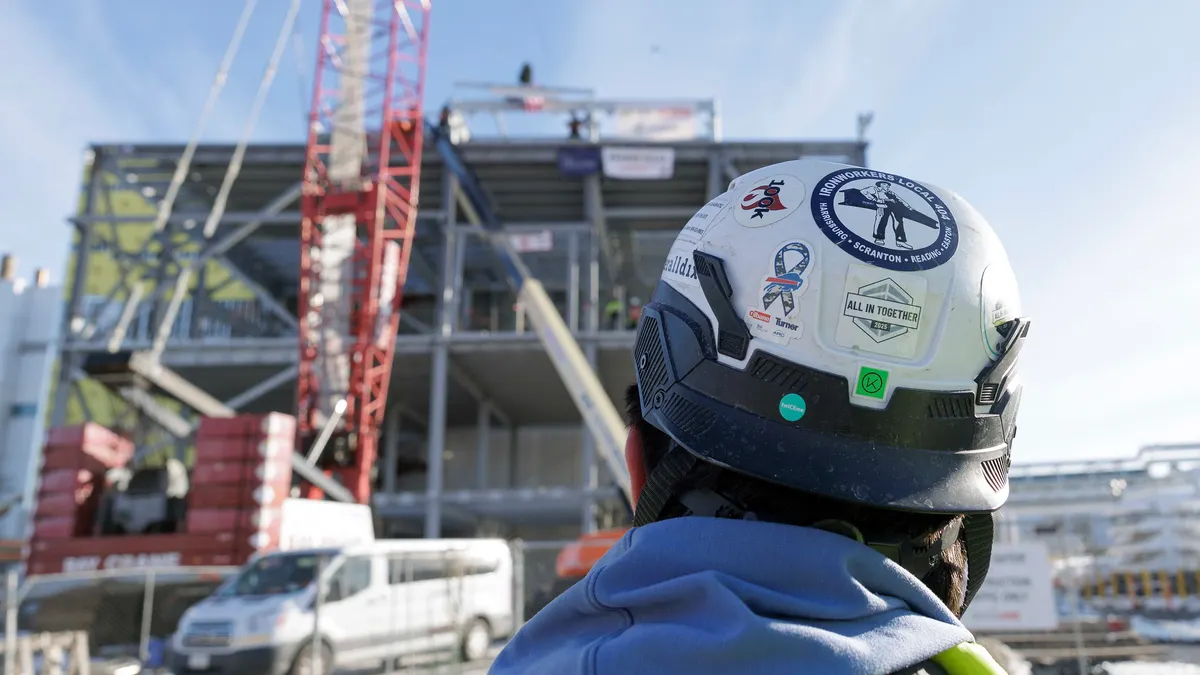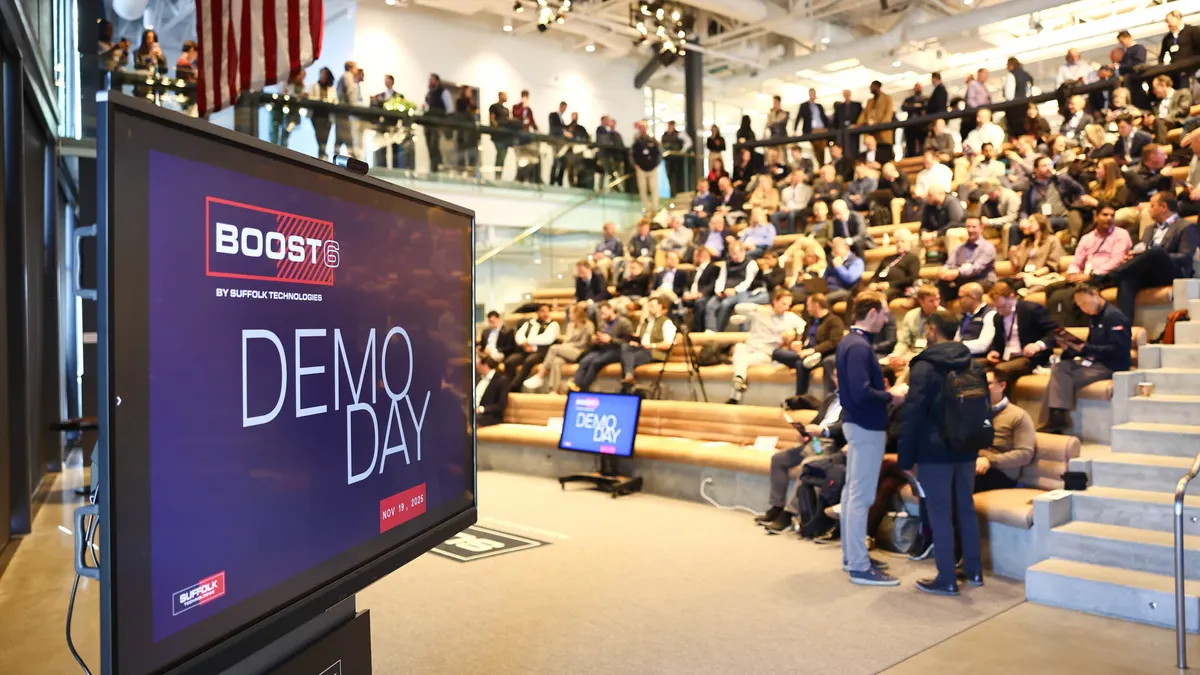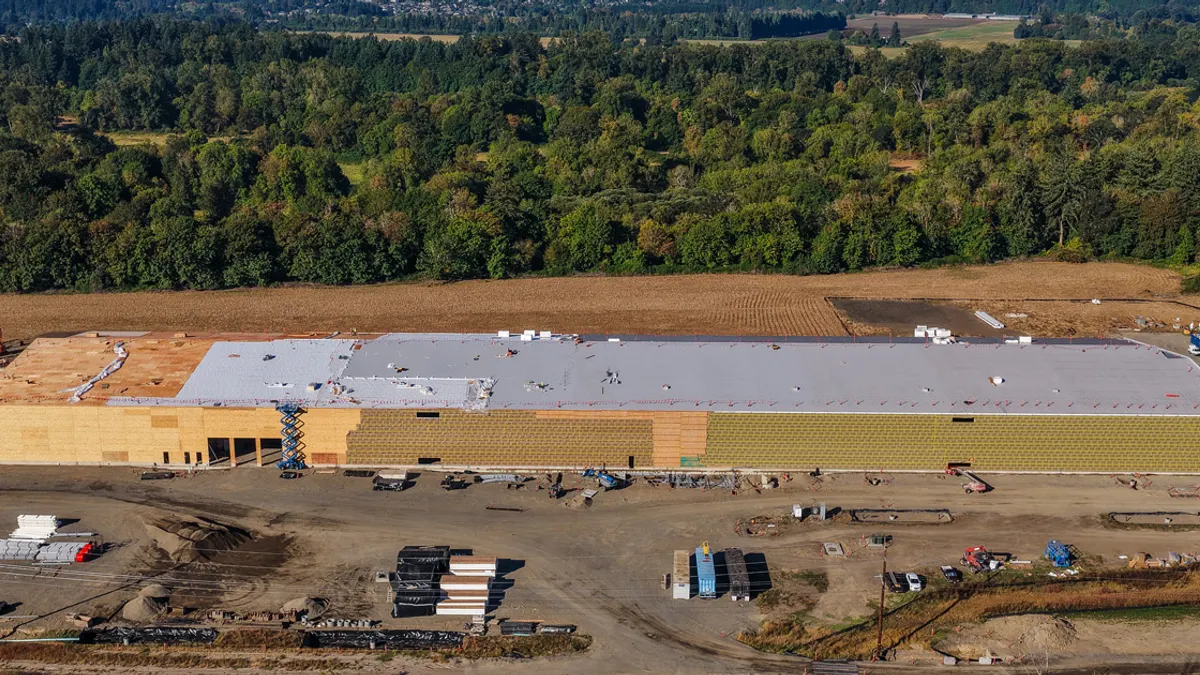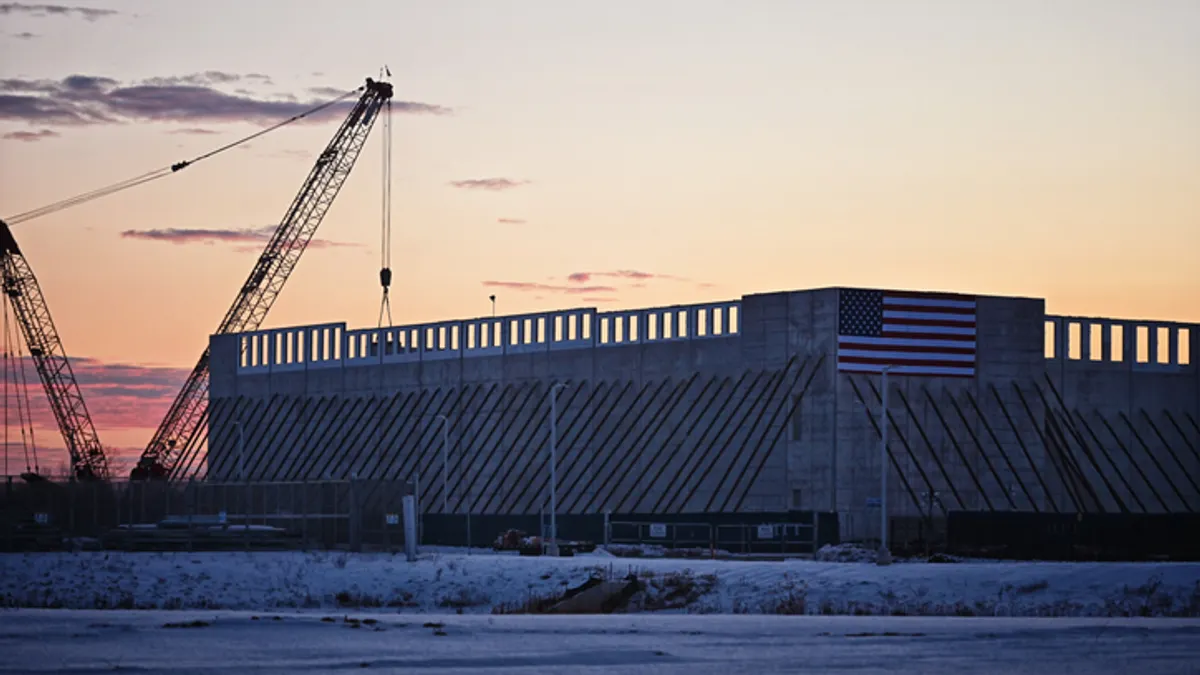As America’s infrastructure continues aging beyond its usability, stakeholders are pushing for innovative technology to reinvest in roads and bridges. According to the American Road & Transportation Builders Association (ARTBA), 47,052 of America’s 616,087 bridges, or about 7.6%, are structurally deficient. Bridge rehabilitation is estimated to cost around $123 billion.
AIT Bridges, a division of Advanced Infrastructure Technologies (AIT), and other firms want to provide the construction industry with technology that extends the longevity of existing bridges and to build new ones with longer lifespans.
Founded in 2010 in Brewer, Maine, AIT Bridges teamed up with the University of Maine to license the university’s technology to design and supply composite bridge systems that are sustainable, inexpensive and long-lasting.
The company is known for its composite arch bridge system, introduced more than a decade ago and more commonly called “Bridge In A Backpack,” which has been used to install bridges on a national and global scale. The system is known for having easily transportable tubing that can be assembled onsite and has generated interest in the use of composite technologies in the often slow-to-adapt bridge industry.
“Our goal is to develop products that can bring technology into the marketplace,” said executive director of the university’s Advanced Structures and Composite Center, Dr. Habib Dagher, who has over 25 years of experience in composite bridge development and is the primary inventor of the “Bridge In A Backpack” system.
The company’s newest product is an optimization of an essential part needed to build bridges: a composite tub girder, called the AIT CT Girder, which attaches to pre-existing composite bridge systems.
The CT girder was designed to be a lightweight, sustainable and financially feasible technology that could be a long-term replacement for traditional concrete and steel girders, said AIT Bridges President Ken Sweeney.
Dagher said that composites, when compared to steel or concrete, are lighter, do not corrode as fast and will have a reduced carbon footprint, providing advantages in transportation and sustainability.
“This new technology has half the weight of a steel girder and is designed specifically so the girders can nest and ship together," he said. "It reduces the transportation costs of these girders significantly.”
Transportation for large, heavy spans sometimes take up 30% of a construction budget, Dagher said. With a product that is both lightweight and easily shipped together, the expense of overweight permits and transportation costs would be reduced, he added.
Because the girder is made of lightweight, fiber-reinforced polymer (FRP), it can support a precast concrete panel deck or a cast-in-place concrete bridge deck. Designed to last up to 100 years and be integrated into spans from 30 to 100 feet, the CT girder can be incorporated into 80% of bridges in the country, the maker said.
Faster construction and cost savings
A key feature of the girder is its ability to support 72-hour bridge construction, which would save even more time and money for companies. Dagher said the accelerated bridge construction has a wide application in the industry, especially for railroad companies that have to close and open up traffic in a short period.
Sweeney said the bridge industry has often been slow to adopt new technologies using traditional construction methods, stressing education will result in increased adoption.
“The limitation is really the lack of knowledge of this type of technology in the industry,” Dagher concurred.
“Part of my job is doing workshops and webinars and showing that [composite] is not really that much different than other materials,” said Sweeney, who has been talking to transportation departments in Kentucky and Pennsylvania. “Once [companies] see that fact, they can be comfortable knowing that testing has already been done and the results can speak for themselves.”
Dagher agreed, citing a demonstration at the university to show CT girder's benefits. AIT Bridges tested the strength of a single girder with a concrete deck used on a 45-foot-long bridge, finding that the girder took on the weight of the Statue of Liberty, which is 450,000 pounds, and that the team was only a few percentage points off of its prediction.
The first bridge to incorporate the CT Girder will be Grist Mill Bridge in Hampden, Maine. The five composite girders needed will be completed in October, while the actual construction is scheduled for 2020. The project will be funded by the Maine Department of Transportation.






